It may not seem so at a glance to a stranger but, the long and bustling İstiklal Avenue is the true heart of art and culture of Istanbul. The avenue continues to hold this status in spite of the numerous art and cultural centres and venues that have lately sprung up at different locations around the metropolis. İstiklal has been at the centre of the intellectual life of the city for nearly 200 years now and it will probably continue to be so in the future as well. There are always interesting exhibitions, conferences or workshops along or in the vicinity of this renowned avenue. Spending time at some of them will definitely provide a visitor with a glimpse of the interests of local intellectuals.
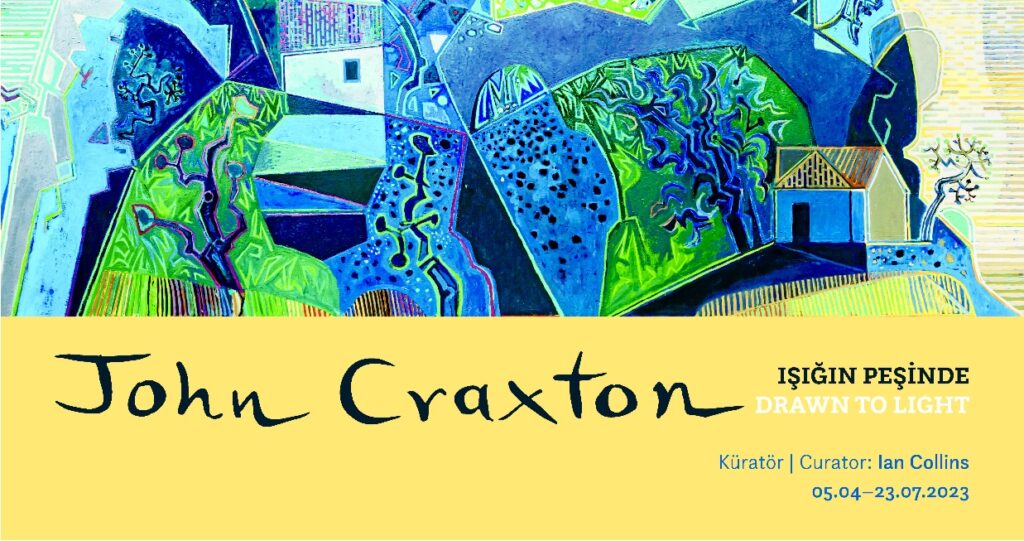
An ongoing exhibition at İstiklal is nowadays noteworthy, not just due to the art that is at display but also to the venue that hosts it. The exhibition that will end on July 23rd, 2023 is on the life and art of the British painter and designer John Craxton (1922–2009). The venue, Meşher, is a historical building that has been renovated 16 years ago to contribute to the vibrant cultural life of Istanbul.
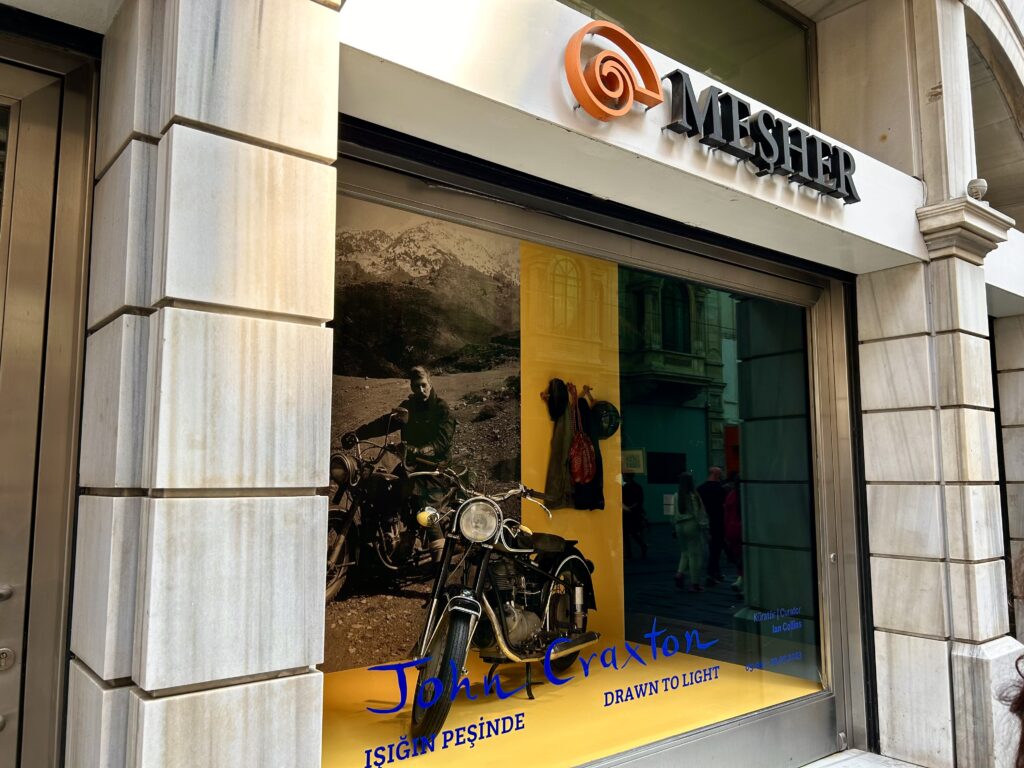
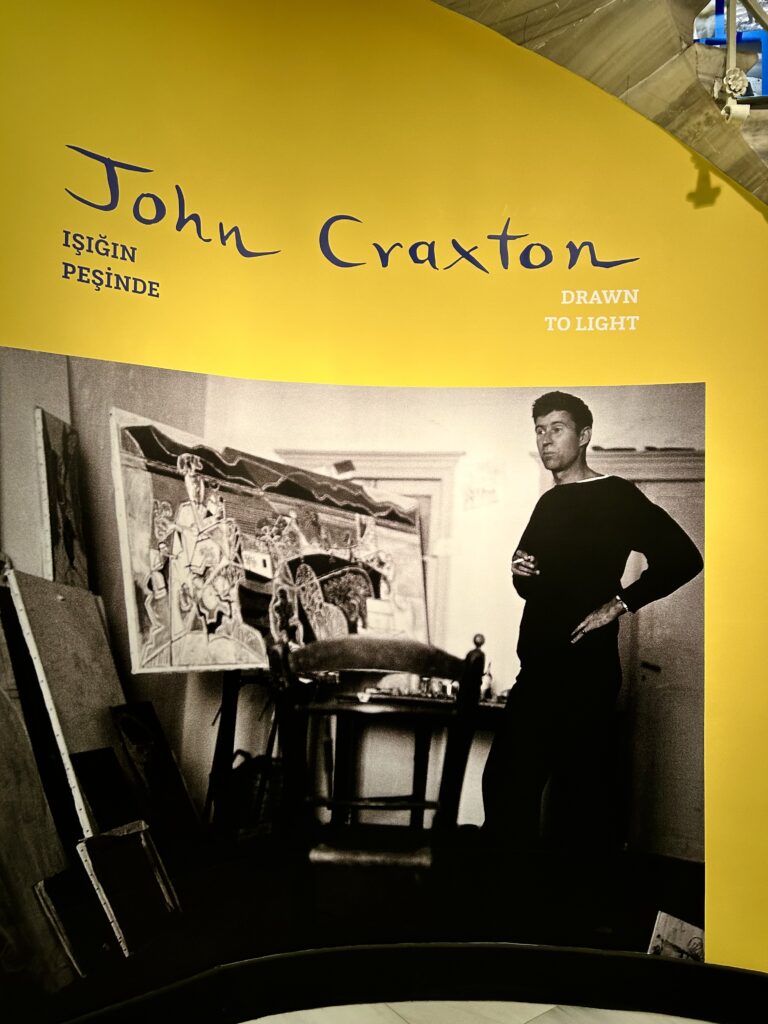
Meşher, which means exhibition space in Ottoman Turkish, is a Vehbi Koç Foundation (VKV) institution that aims to create a synergy across time and different cultures by means of exhibitions, workshops, publications and conferences. In this respect, it is in line with the mission of the Vehbi Koç Foundation which was founded in 1969 by the late Vehbi Koç, a leading business man in the industrial history of Turkey, to actively take part and to create a difference in the fields of arts, culture, education and healthcare. (For more about the family history and the Koç Group of Companies, you can go to the post, “Mirror of Industrial Heritage”: The Rahmi Koç Museum by clicking on the link.)
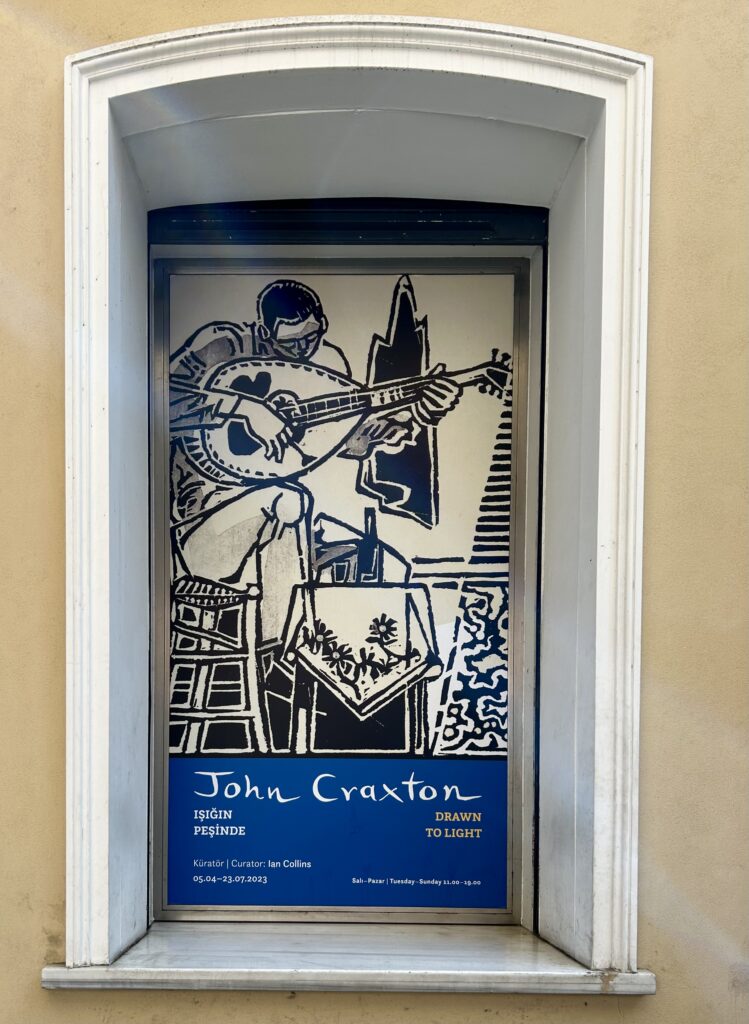
The exhibitions at Meşher are stated to be the products of a distinguished network of national and international institutions, experts and curators. It is believed that in this way, it will be possible to create an atmosphere of interaction among local and international artists and art lovers.
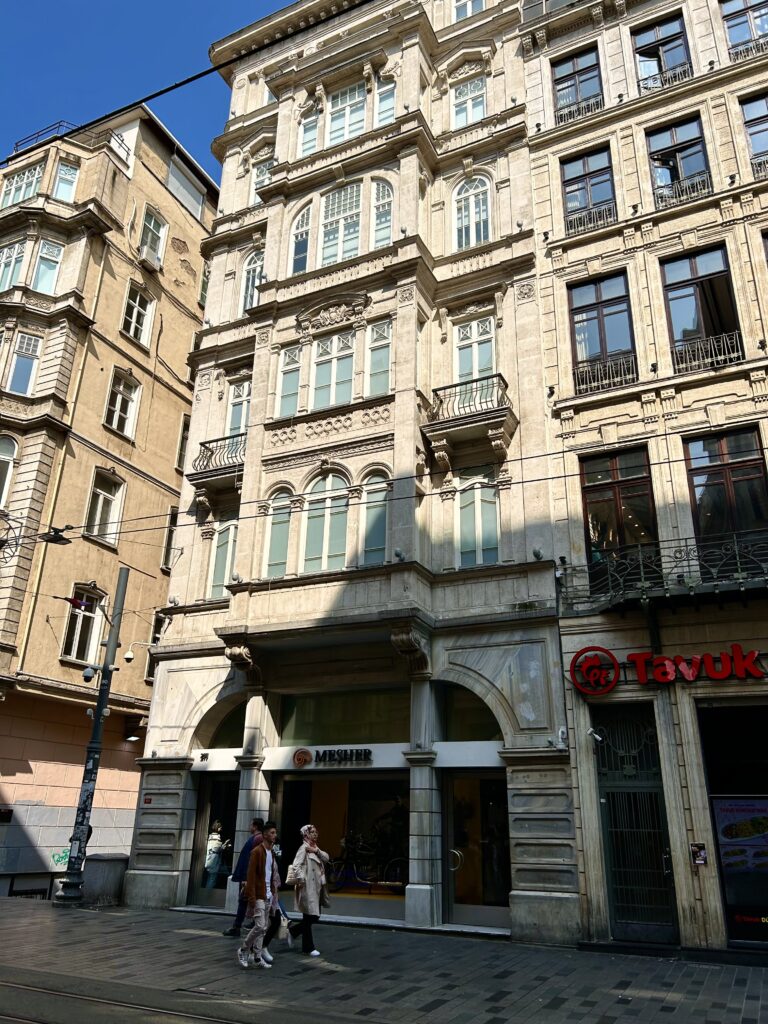
The building that houses Meşher is at 211 İstiklal Avenue. The entrance to the building is from the street (Postacılar Sok.) around the corner. This is a historical building that is thought to have been built some time between the end of the 19th century and the beginning of the 20th century. According to experts there are strong indications that the architect might have been Petraki Meymaridis Efendi. An Ottoman Greek who was also the architect of the Beyoğlu Municipality. The building was initially mentioned on the Charles E. Goad map as Friedmann Apartments. Later in 1932, it was referred to as Meymaret Han (on the map of Jacques Pervititich), reinforcing the high probability that the architect was indeed Meymaridis Efendi. During the later years of the Republic, the name was further changed into Meymenet Han. Owned by Ömer Koç, the current Chair of the Board of Directors of the Koç Group of Companies, the building was restored between 2007 and 2009 to house Arter, VKV’s contemporary art space, until 2018. Meymenet Han opened its doors as Meşher in 2019 after the move of Arter to its new state-of-the-art building in Dolapdere.
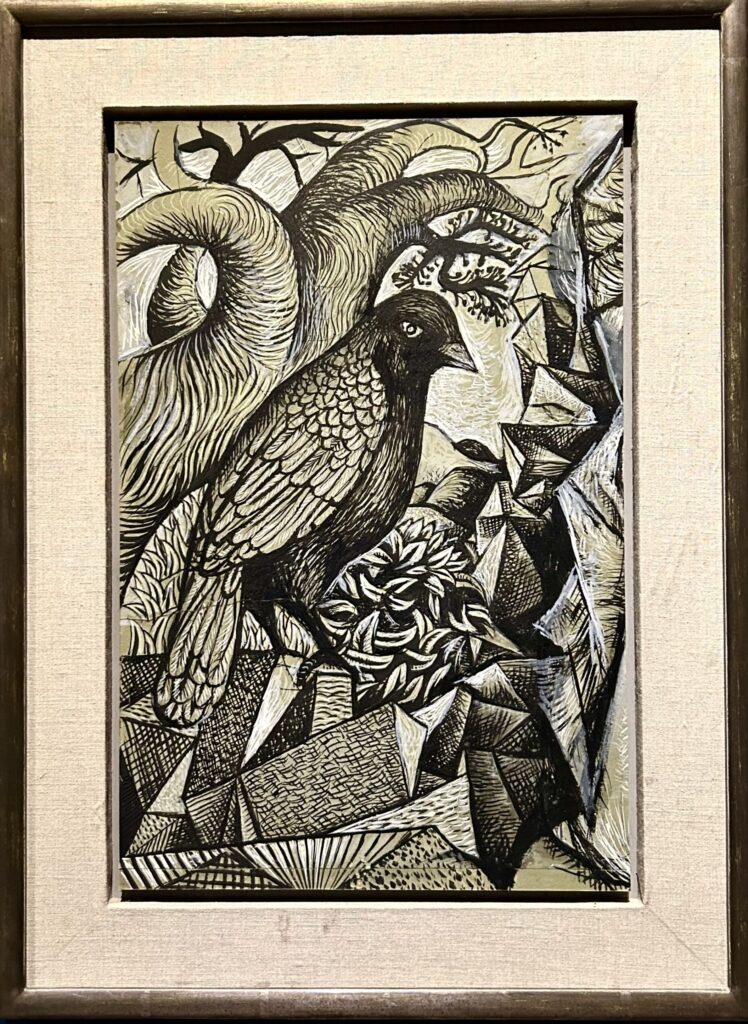
John Craxton
John Craxton Estate
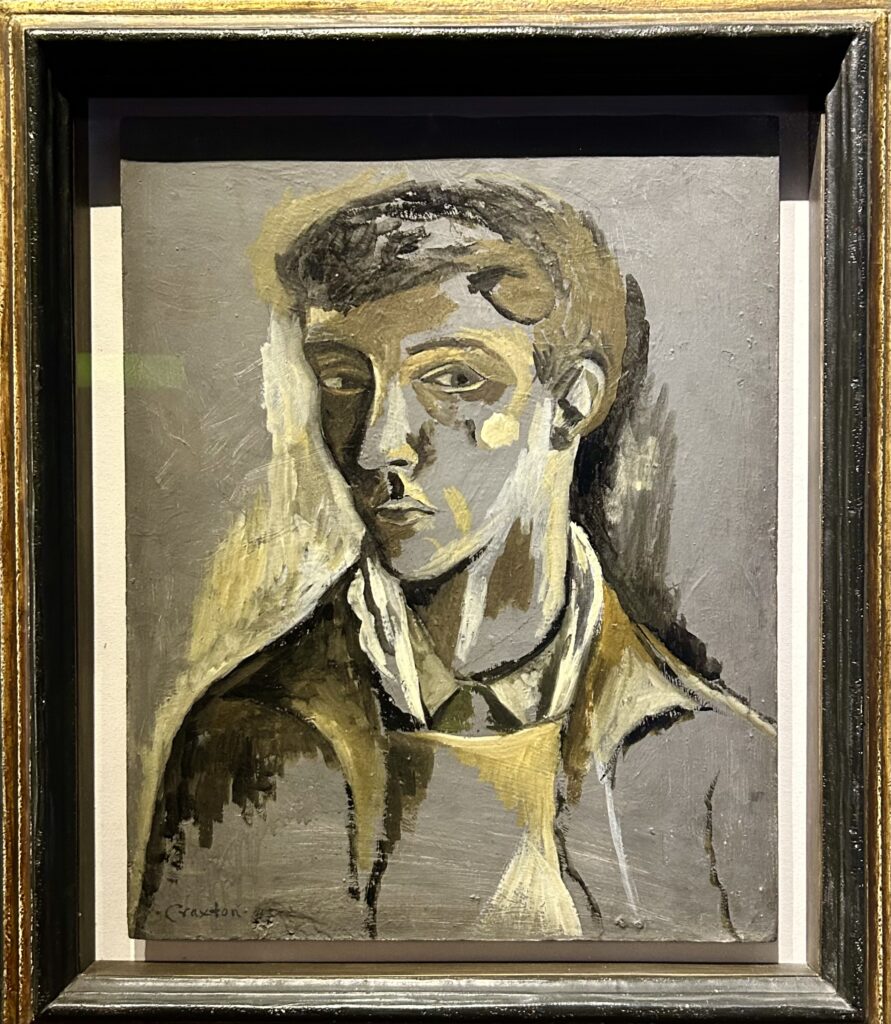
John Craxton
Ömer Koç Collection
The current exhibition at Meşher is John Craxton: Drawn to Light (5 April – 23 July 2023). Curated by Ian Collins, the exhibition is not only the first solo exhibition of the artist in Turkey, but it is also the biggest and the most comprehensive display of Craxton’s artworks worldwide up until now as well. The curator Collins, who is also Craxton’s friend and biographer, brought together nearly 200 works that include a variety of the artist’s legacy including a monumental tapestry, drawings, paintings, prints, and book designs. 44 of the artworks in the exhibition are from the private collection of Ömer Koç, who is stated to be the owner of a Craxton collection which is only second in size to the one that belongs to the John Craxton Estate. There is also a window display visible from the İstiklal Avenue that feautures an example of the vintage motorbikes the artist loved to ride.
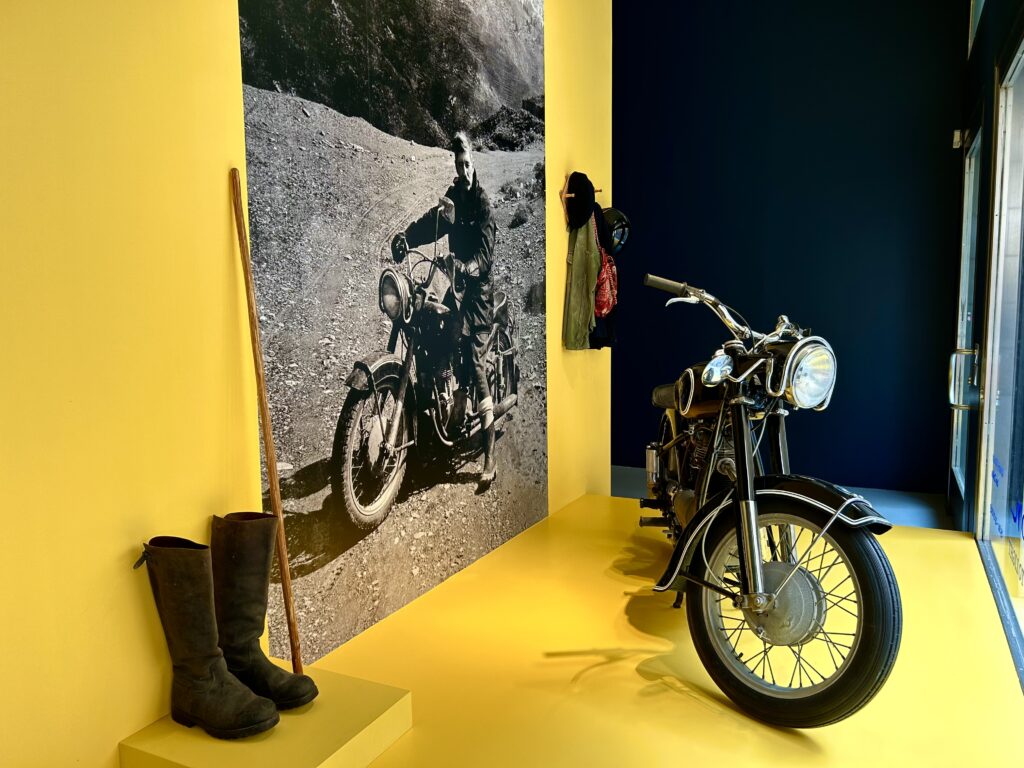
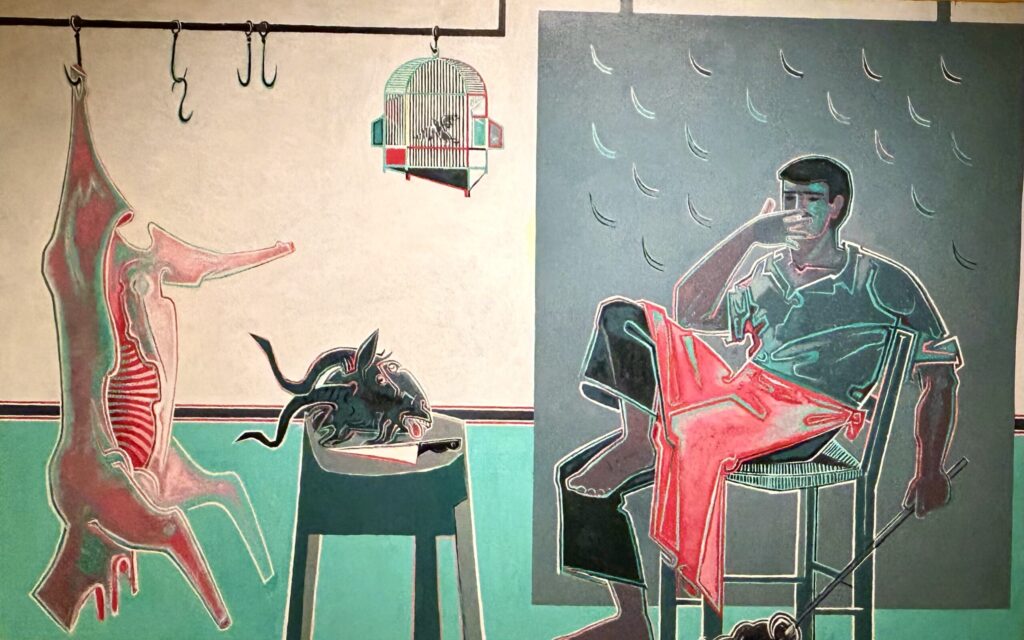
John Craxton
Private Collection
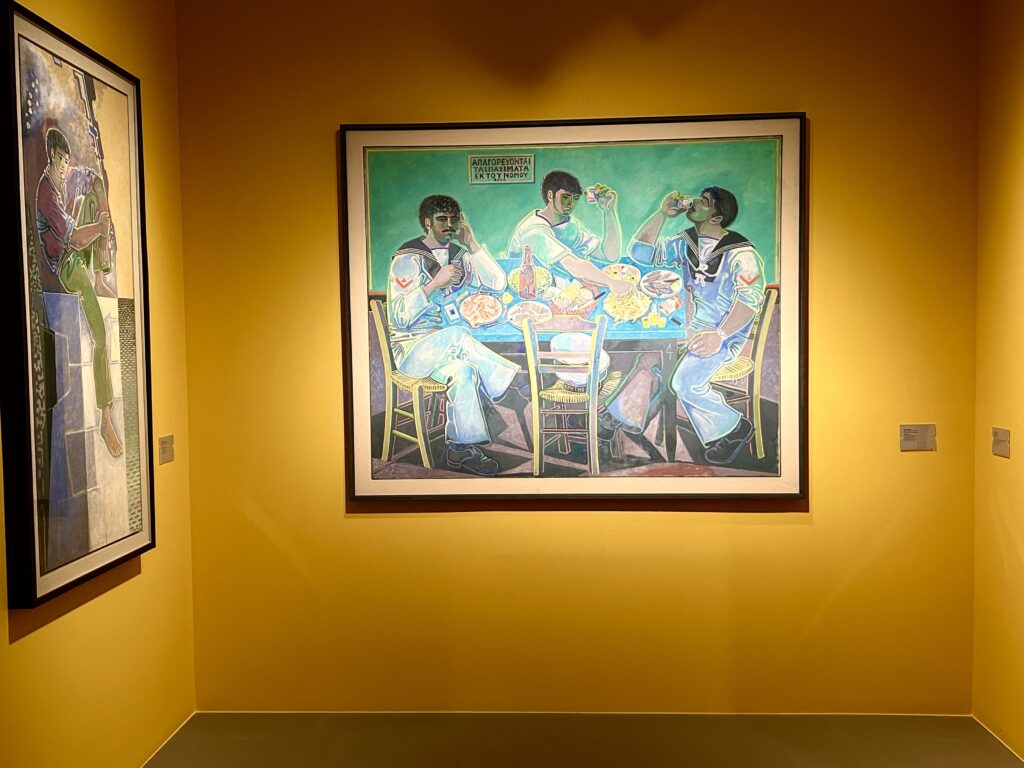
John Craxton
Ömer Koç Collection
Picasso and Miró were the artists who initially influenced Craxton. However, his all time favourite was El Greco. As he grew older, his adult work was shaped by the Aegean culture which he encountered during his travels to Greece and Turkey. Mythology, archaeology, Byzantine mosaics, Turkish carpets and Ottoman architecture were the key factors in his creations. Craxton lived for nearly 50 years in Chania, Crete where he had an Ottoman studio. Although he had very famous friends, he preferred to depict ordinary people such as sailors, shepherd families and his fellows in taverns and cafes. Cats and goats were also his favourites.
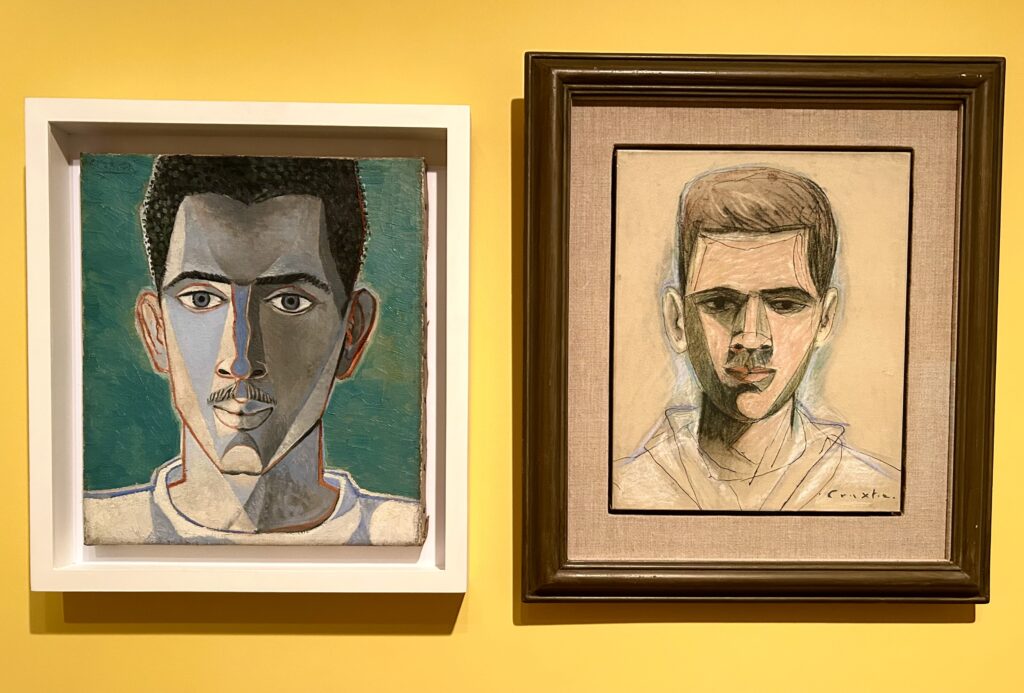
John Craxton
John Craxton Estate
Portrait of Petros Mastropetros (1946-1947) (on the right)
John Craxton
Ömer Koç Collection
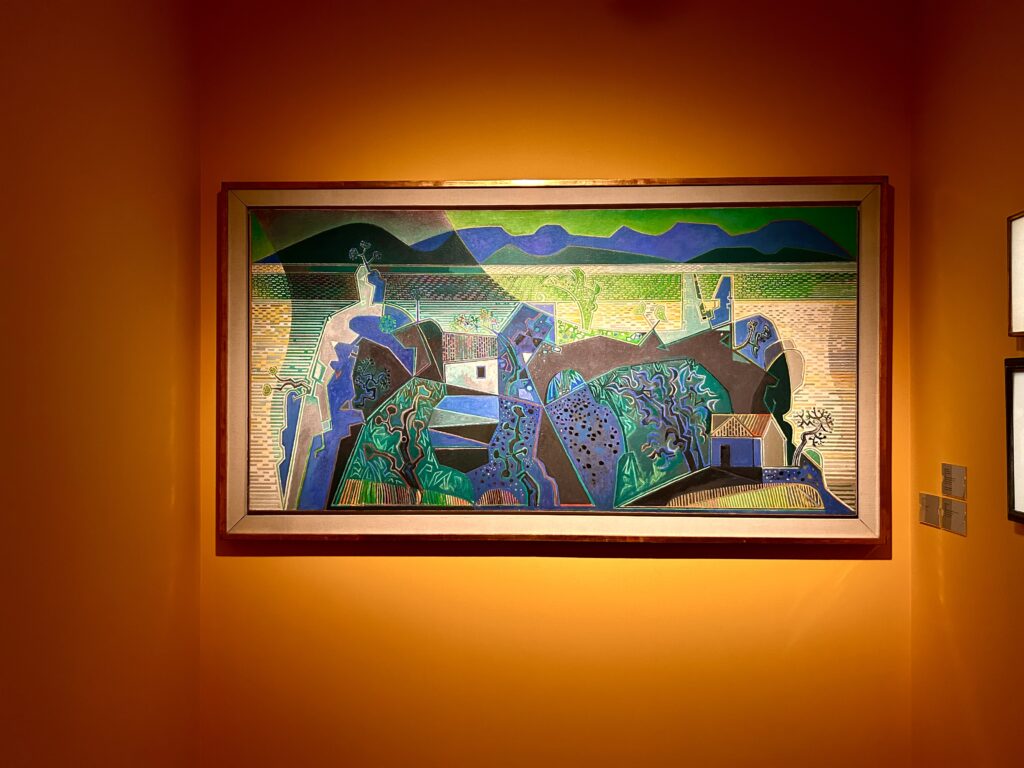
John Craxton
John Craxton Estate
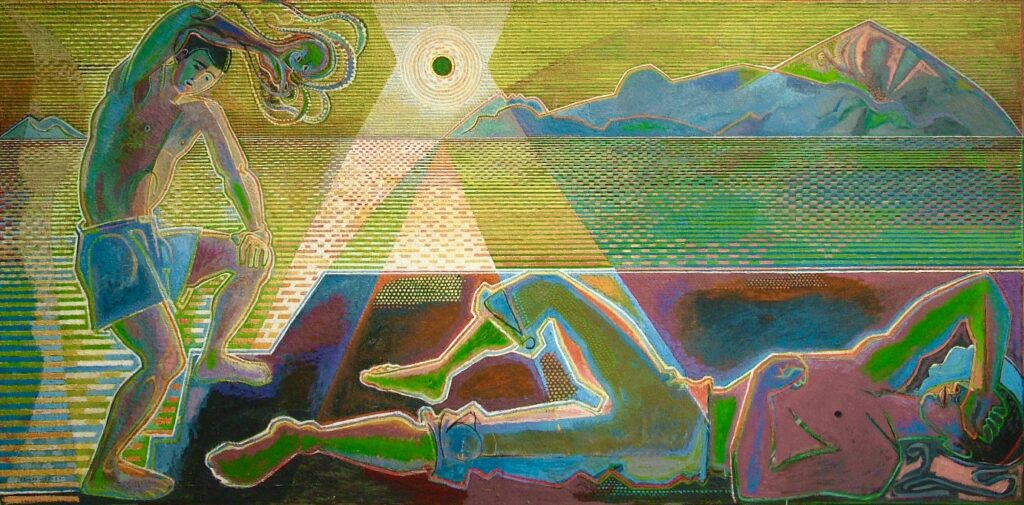
John Craxton
John Craxton Estate
John Craxton often travelled to Turkey as well. In addition to Istanbul, the city he visited numerous times, he rode down the Aegean coast and visited ancient sites such as Troy and Ephesus. He was also very fond of the traditional Turkish cuisine. Both shores of the Aegean (Turkey and Greece beyond) and the islands were his paradise that he liked to name “Arcadia”. Consequently, he regarded himself as a proud “Arcadian”.
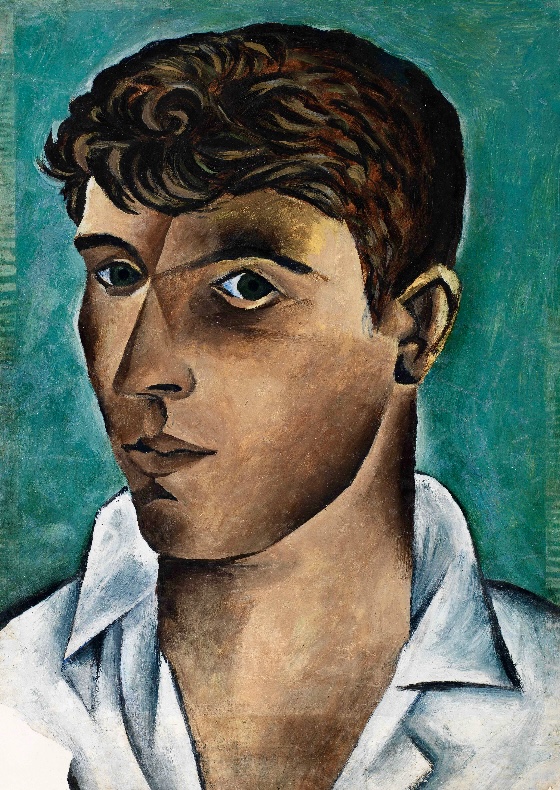
John Craxton
Ömer Koç Collection
As you move from one painting to another, you can clearly see the change in Craxton’s art from monochrome depictions to colourful and lively paintings that reflect a joy of living and hope for the future. They immediately capture you and transmit the painter’s philosophy in life; that of “living and painting pleasure” without any constraints.
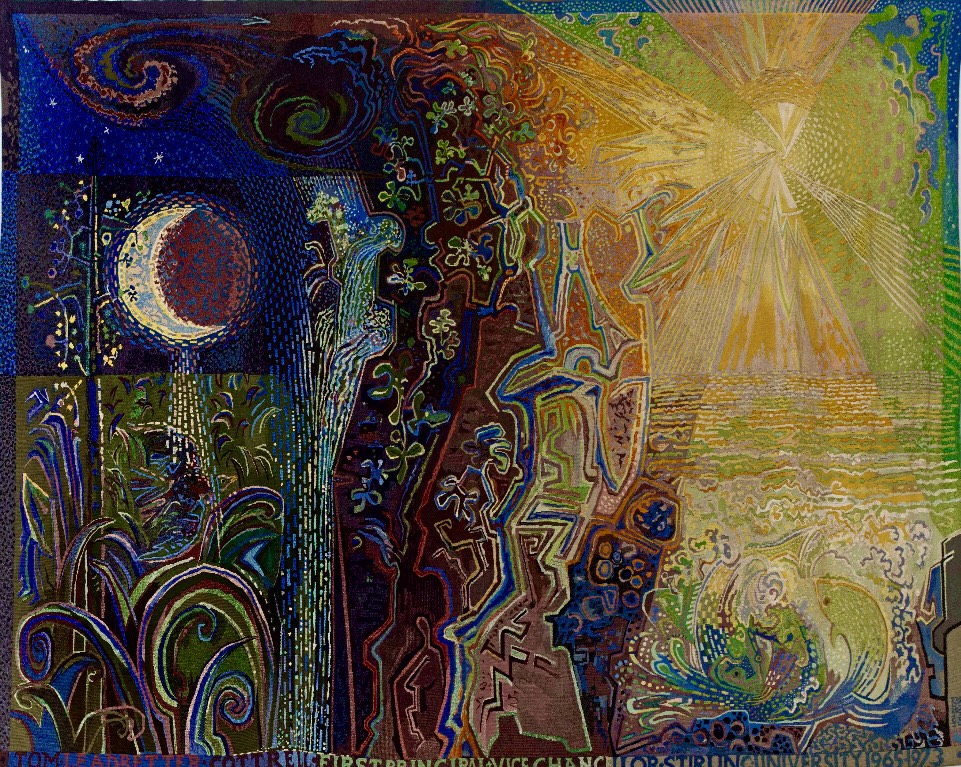
John Craxton
University of Stirling Art Collection, Scotland
The current John Craxton exhibition is one that would be a pity to miss. However, if it is missed, there will be many more interesting exhibitions and activities that will take place in days and months to come. Visitors to the İstiklal Avenue can always drop by to see the interesting historical building and an exhibition that is bound to be no less interesting than the present one.
